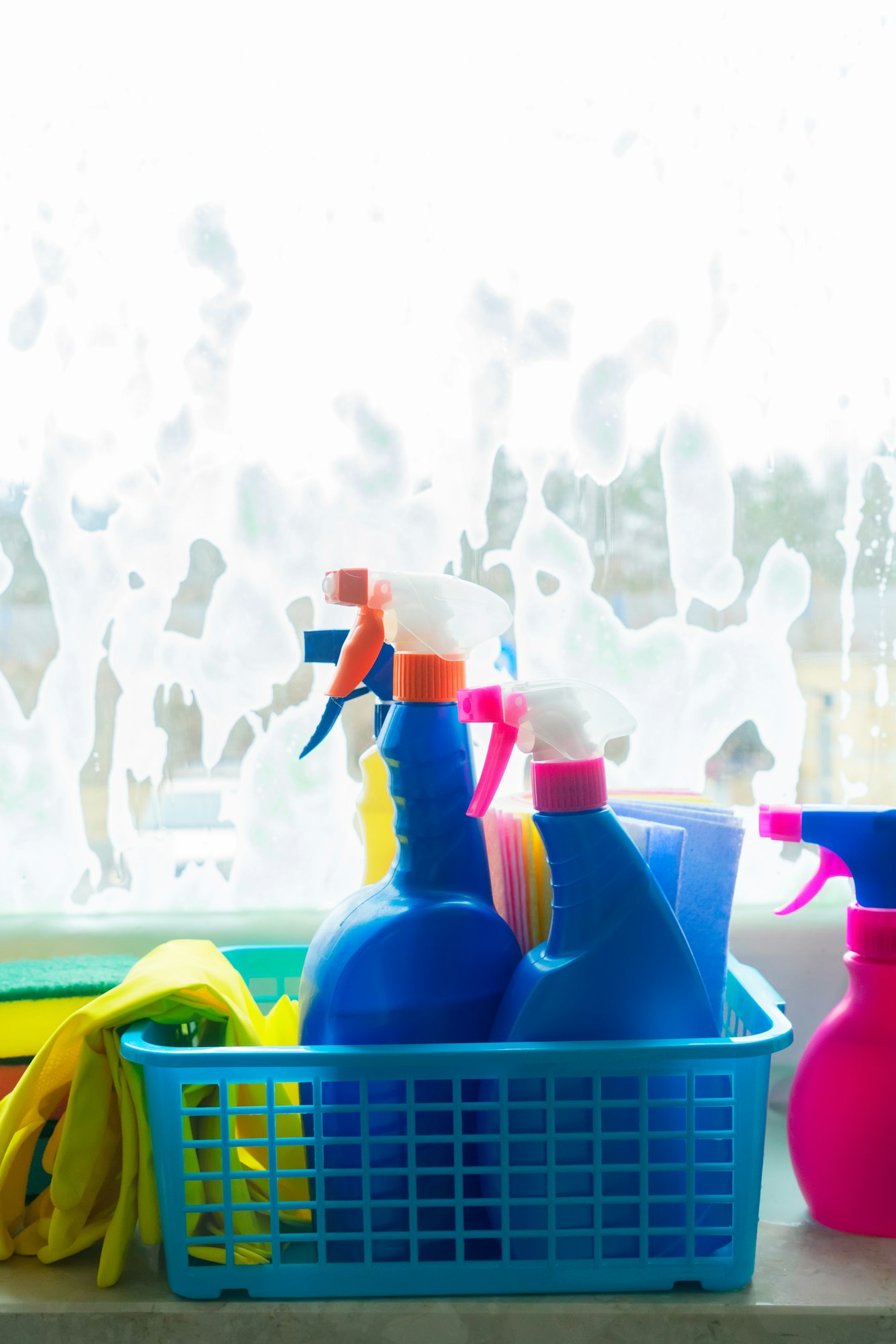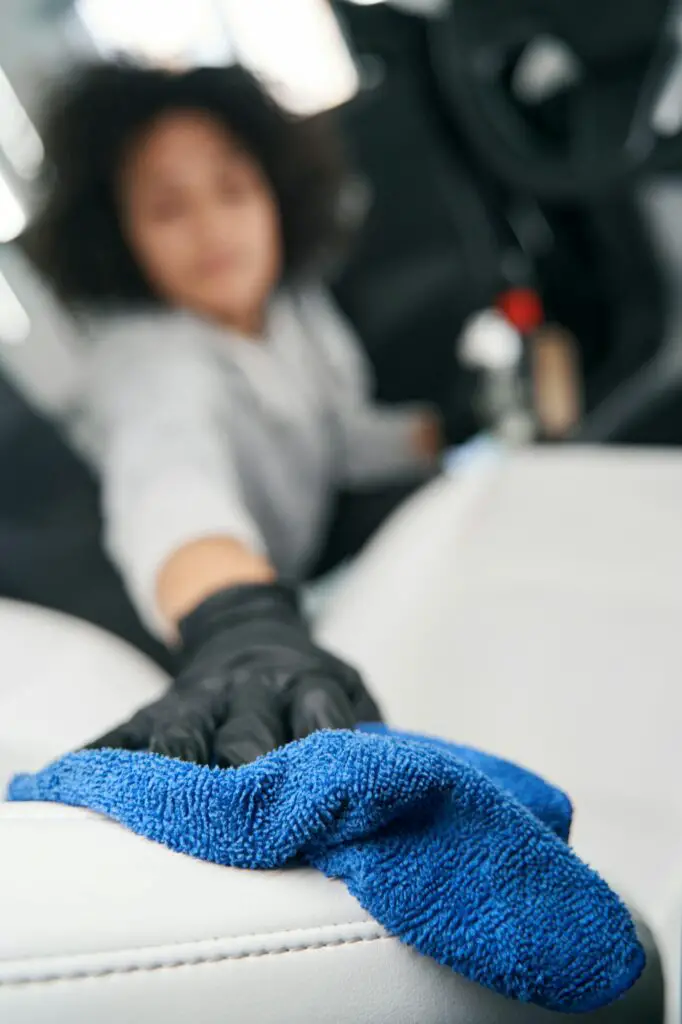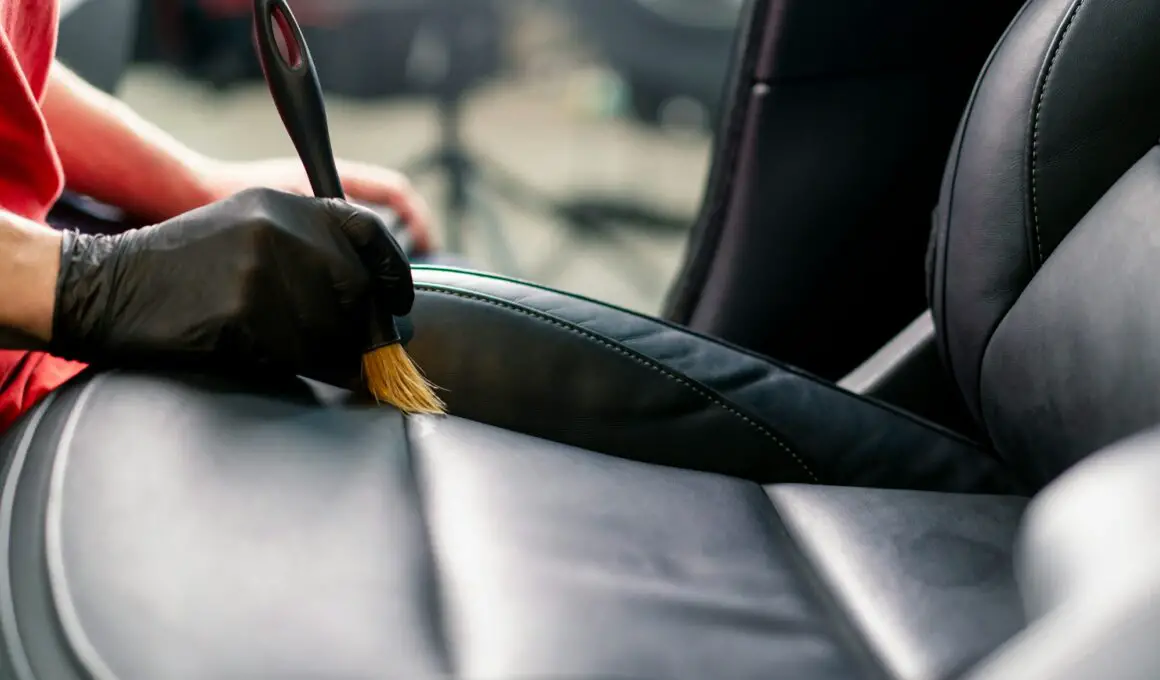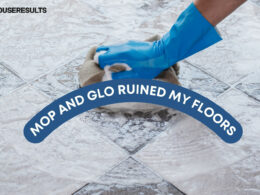Table of Contents Show
Leather furniture is not just a practical choice for many households; it’s also a style statement. However, cleaning and maintaining it requires specific attention to avoid common pitfalls that can lead to damage.
In this post, we’ll cover the top five mistakes you should avoid to keep your leather furnishings looking their best. From choosing the right cleaners to handling spills promptly, understanding these essentials can save you time, effort, and the expense of professional repairs.
Mistakes to Avoid While Cleaning Leather Furniture
Whether you’re a new owner of a luxurious leather sofa or looking to better care for your seasoned leather chair, these tips will ensure your pieces remain in prime condition for years to come.
1. Using Harsh Cleaning Solutions

One of the most common and critical errors in cleaning leather furniture is the use of harsh cleaning solutions, such as bleach or ammonia. These substances can cause significant damage to leather, stripping away its natural oils and leading to dryness, cracking, or discoloration. As a durable material, leather requires gentle care to maintain its elasticity and finish.
Instead of reaching for generic or abrasive household cleaners, opt for pH-balanced, leather-specific cleaners. These products are formulated to effectively clean leather without causing harm.
They help maintain the leather’s pH balance, ensuring that it remains soft, clean, and damage-free. Always follow the instructions on the cleaner, applying it with a soft cloth in gentle, circular motions to avoid saturating the leather.
By choosing the right cleaning agents, you protect your investment and keep your leather furniture looking as luxurious as the day you bought it. For optimal results, integrate the use of these specialized cleaners into your regular maintenance routine, ensuring your furniture always looks its best.
2. Overlooking Regular Dusting

Neglecting regular dusting is a surprisingly easy mistake that can lead to larger issues with your leather furniture. Dust and other fine particles may seem harmless, but they can act like sandpaper, slowly wearing away the surface of your leather pieces when they accumulate.
Regular dusting prevents this buildup, ensuring the surface remains clean and less likely to require intense cleaning measures that could potentially harm the leather.
To effectively dust leather furniture, use a soft cloth or a microfiber towel. These materials are gentle enough not to scratch the leather while effectively picking up dust and small particles. It’s best to dust your leather items at least once a week as part of your regular cleaning routine.
By maintaining a consistent dusting schedule, you not only preserve the look and feel of your leather but also enhance its longevity, keeping it pristine and comfortable for years to come.
3. Neglecting to Test Cleaners in a Hidden Spot

A common oversight in leather care is failing to test cleaning products on an inconspicuous area before applying them to the entire piece. Even cleaners labeled as suitable for leather can vary in their chemical composition, potentially reacting differently based on the leather’s finish and color.
Always select a small, hidden section of the leather—such as the back of a sofa or the underside of a chair arm—to apply your cleaner. Leave it for a few minutes (or as directed by the product instructions) to ensure there are no adverse reactions.
Watch for signs of color fading, darkening, or texture changes, which might indicate that the cleaner is not compatible with your specific type of leather.
This simple precautionary step can save you from irreversible mistakes, maintaining the integrity and appearance of your leather furniture. Always err on the side of caution and take the time to conduct this essential test before proceeding with a full cleaning.
4. Not Conditioning Leather After Cleaning

Cleaning your leather furniture is only part of the maintenance equation. Another crucial step that is often overlooked is conditioning. Leather, much like skin, needs moisture to stay supple and prevent cracking. Neglecting to apply a leather conditioner after cleaning can leave your furniture dry and brittle, which over time, might lead to cracks and other damage.
After every cleaning session, it’s important to apply a good quality leather conditioner. These products replenish the natural oils lost during cleaning and exposure to the environment, enhancing the leather’s durability and sheen. Apply the conditioner with a soft cloth, gently working it into the leather in circular motions, allowing it to absorb completely before using the furniture again.
As for frequency, conditioning your leather furniture every six to twelve months is generally recommended. However, this can vary based on factors like climate, the leather’s exposure to sunlight, and how heavily the furniture is used. In dry climates or for pieces in high-traffic areas, you might need to condition more frequently to prevent premature aging and cracking.
Incorporating conditioning into your leather care routine ensures that your furniture remains not only clean but also healthy and vibrant for years to come.
5. Ignoring Spills Immediately

One of the most critical mistakes in leather furniture care is not addressing spills immediately. Leather is porous, and liquids can quickly seep into the material, setting stains that are challenging to remove and may lead to long-term damage. Prompt action is essential to prevent these outcomes.
When a spill occurs, the best approach is to blot the liquid as quickly as possible. Use a clean, absorbent cloth to gently dab the spill, soaking up as much liquid as you can. Avoid rubbing or wiping as these actions can push the liquid deeper into the leather or spread the stain over a larger area. Continue blotting with fresh areas of the cloth until no more liquid comes up.
For water-based spills, blotting might be sufficient to prevent a stain. However, for oil-based or colored spills, you might need to follow up with a leather-specific cleaner designed for stain removal. As always, remember to test the cleaner on an inconspicuous spot first to ensure it won’t harm the finish of your leather.
Taking immediate action and using the correct techniques to handle spills on leather furniture can greatly reduce the risk of permanent stains and structural damage, helping to maintain the pristine appearance and integrity of your valuable pieces.













